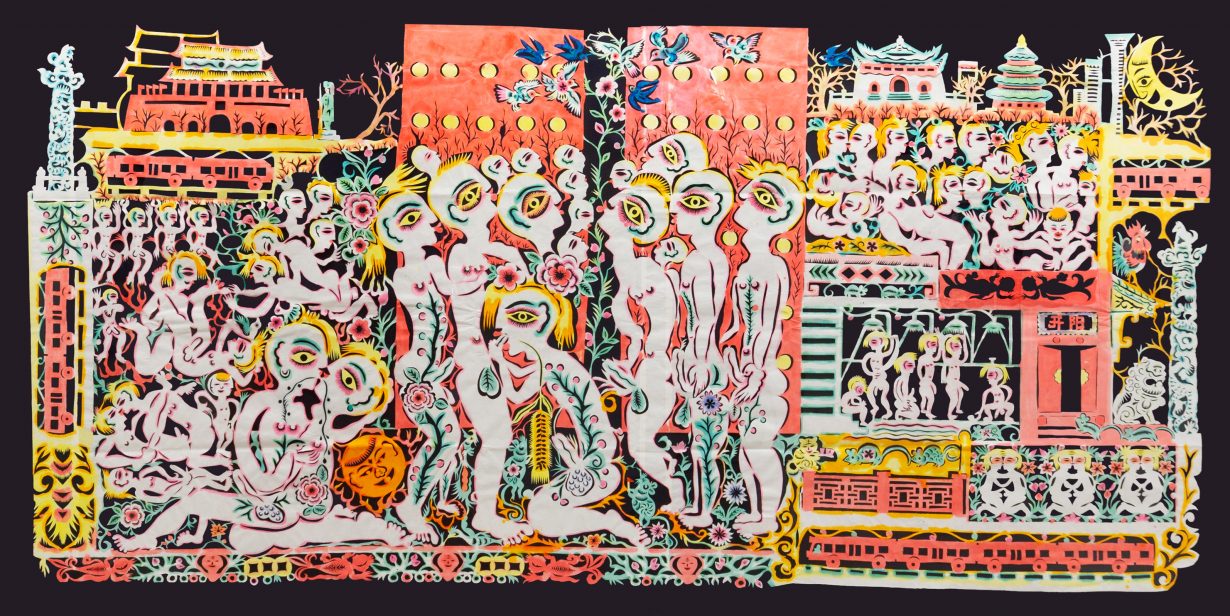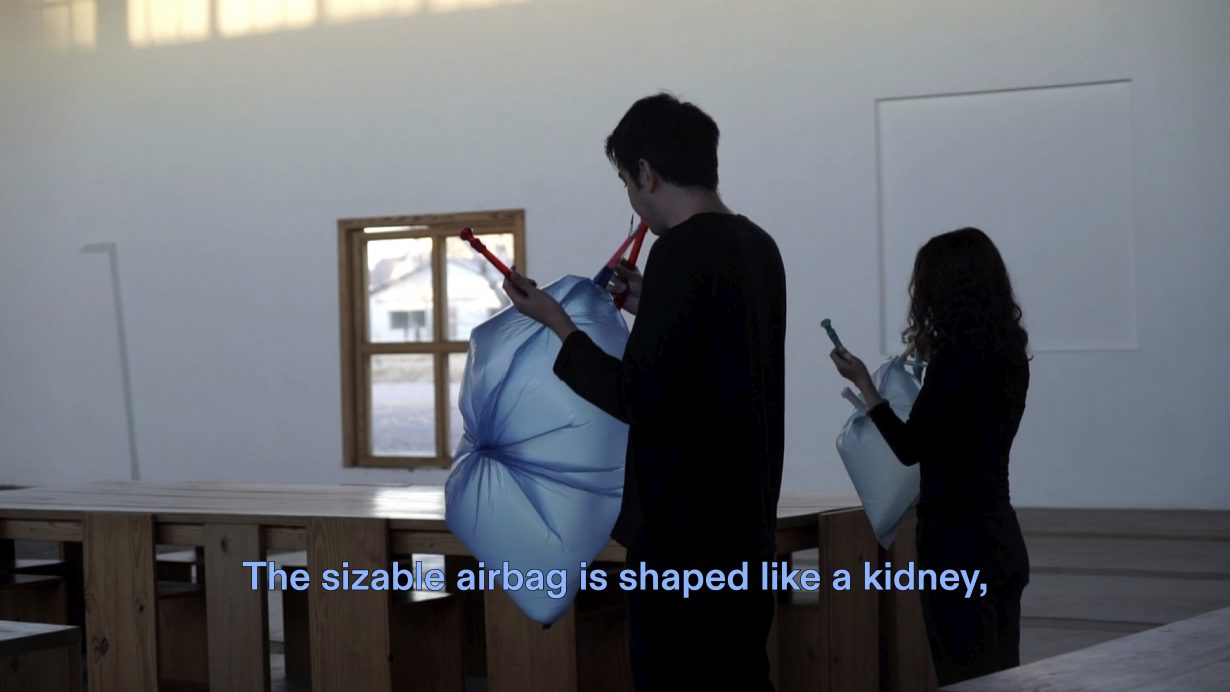From Apichatpong Weerasethakul at M+ to Xiyadie at Blindspot, our editors select shows to see during Art Basel Hong Kong
Yang Fudong, M+, through 9 June
Apichatpong Weerasethakul, M+, from 8 March
What do UBS, Art Basel and M+ have in common? No, not money; Yang Fudong. In March that intrepid trinity are teaming up to present the Chinese artist and pioneer of moving-image’s latest film on the M+ facade (the museum’s exterior wall, which doubles as a giant digital display). Shot in Hong Kong in black and white, the film moves between the seaside and the city while referencing classic Hong Kong cinema of the 1970s and 80s, and the history of the SAR itself. Titled Sparrow on the Sea (2024), the work is described as an ‘architectural film’, and the artist suggests that the film will offer space to speculate on Hong Kong’s unpredictable future while offering nostalgic glimpses of its past. For moving-image junkies, the interior of M+ is currently hosting Thai filmmaker Apichatpong Weerasethakul’s multichannel video installation Primitive (2009) – a precursor, of sorts, to his Palme d’Or-winning feature film Uncle Boonmee Who Can Recall His Past Lives (2010). Nirmala Devi

Xiyadie
Blindspot Gallery, 26 March – 11 May
Xiyadie’s name refers to a kind of Siberian butterfly, which despite being very fragile and vulnerable, is able to thrive during Siberia’s transient summers. Emerging onto Beijing’s frigid queer scene during the early 2000s, Xiyadie took this pseudonym in the hope for a freer life. His homoerotic papercut work – begun during the 1980s – is brightly coloured and festive-looking, even if it sometimes depicts scenes that deal with the fear and paranoia that comes with being deep-closeted, rife with the tension inherent in the representation and display of heavily suppressed desires (despite having to hide some of his works under his bed for most of the 1980s, papercuts themselves – a form of folk craft made in northern China, mostly by women – are often attached to windows and visible from both inside and outside the domestic space). Last year, Xiyadie had his first solo since 2012, at New York’s Drawing Center; this year the butterfly will be flying from Hong Kong’s Blindspot Gallery to the Venice Biennale. Yuwen Jiang

Wong Kit Yi
PHD Group, 23 March – 4 May
Bagpipes, karaoke, televised funerals, immigration and language might seem like disparate subjects, and yet Hong Kong performance and multimedia artist Wong Kit Yi blends these together in the video essay Dial 432 to See the Light (2022–24), which was made during a residency at The Chinati Foundation, Marfa. By connecting – via a mix of found and original footage – the historical narratives of the US–Mexico border, Chinese labourers who built the Transcontinental Railroad between California and Utah and colonial-era Hong Kong, Wong ruminates on burial practices, border control (both in life and death) and the intangible costs of assimilating cultures. The video is featured in her solo exhibition +852 GHOST-JPG, alongside what the artist calls ‘screen paintings’; inspired by ‘ghost jpegs’ – the remnants of an image that’s accidentally been burned into a digital screen – Wong presents a series of furniture and other objects onto which she has applied silkscreen prints, as well as canvases painted with karaoke subtitles, reflecting on the way in which certain images come to leave a permanent mark on one’s mind. Fi Churchman

Factory of Tomorrow
CHAT, through 14 July
Although Factory of Tomorrow is founded on the cliché (of ‘heritage’ enterprises everywhere) that you need to learn from the past in order to plan for the future, it tackles thematics that range from diversity to climate change and that are shaping both the human and the nonhuman worlds. Featuring work from the collection and commissioned projects by 19 artists of East and Southeast Asian heritage (which the institution, like so many of its Chinese counterparts, figures as more broadly ‘Asian’ in its publicity materials) including biennial favourites such as Indonesia’s Ade Darmawan, Malaysia’s Yee I-Lann, Singapore’s Ho Rui An and Japanese-Samoan New Zealander Yuki Kihara, the exhibition promises to go way beyond textile as a medium and heritage as a way of life. Proof, if you like, that you should never judge a book by its cover or an institution by its name. Nirmala Devi
